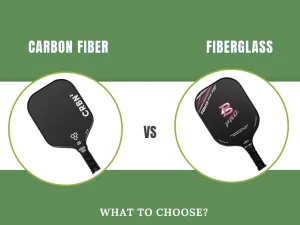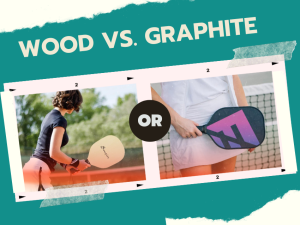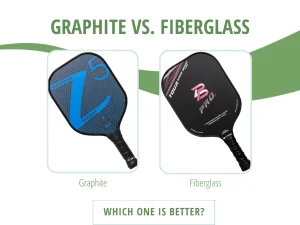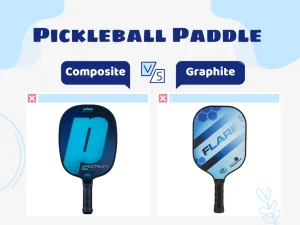Does your choice of pickleball paddle really matter? Absolutely!
If you’re new or have hit a few games like me, you’ll naturally look for options that would significantly enhance your gameplay, starting with a good pair of paddles. Among the most popular pickleball materials are wood and plastic pickleball paddles, your Google searches return. But how exactly do they differ?
You’re in the right place to find it out, bud! We’ll launch into a serious comparison between the two’s composition, weight, cost, durability, and player suitability based on our research, testing process & many years of playing pickleball.
By the end, you’ll be equipped with the knowledge to choose the right paddle for your needs.
Key Takeaways
- Wood paddles are heavier and made from plywood or hardwood, while plastic paddles use durable and flexible materials like polymers.
- Wood paddles are the heavier and more powerful ones, while plastic paddles are lighter to reduce game fatigue.
- Budget-friendlier: Wood pickleball paddles. More diverse price range: Plastic pickleball paddles.
- Both types are durable, but plastic paddles often feature shock-reductive properties and recyclable cores.
- Wood paddles are great for beginners due to their cost and durability.
- Plastic paddles are also suitable for beginners and upper-level players, especially those seeking control, handling, and noise reduction.
Wood Vs. Plastic: Which Material Is Better?
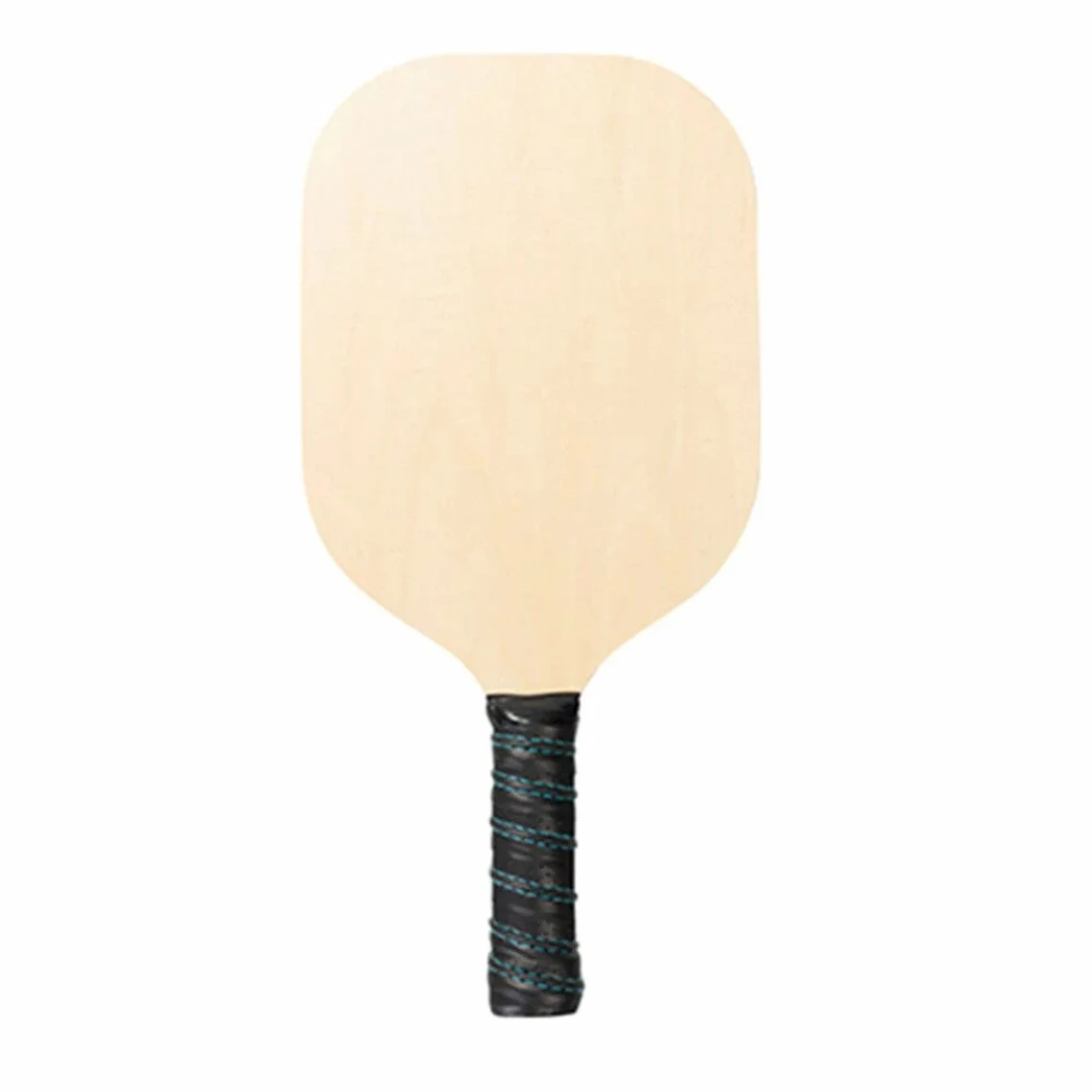
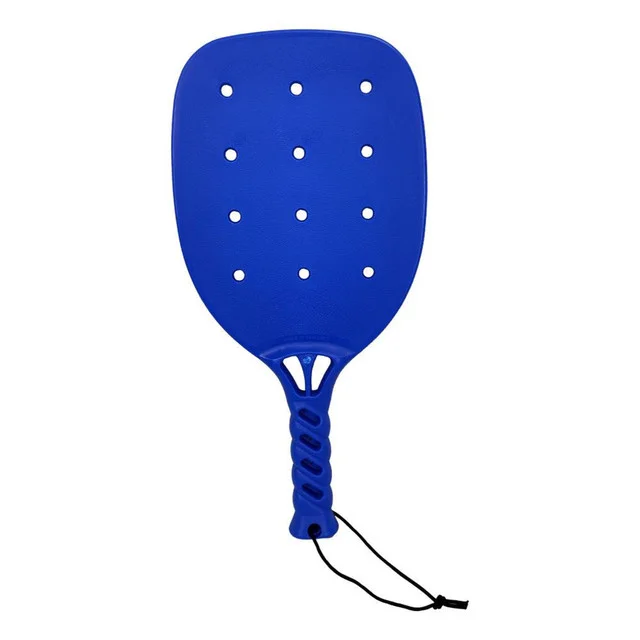
We gotta give plastic pickleball paddles a 1:0 on this thanks to their ability to reduce hitting noise.
Wood pickleball paddles are traditionally made from plywood or hardwood, giving them a signature hitting sound that many players enjoy.
Don’t you like the unique vibration these wood pickle ball paddles give off? This is because wooden paddles are typically heavier, offering a solid feel and responsiveness when hitting the ball. Many players love how decently these wood pickleball paddles pop against the ball, immediately generating graceful spins.
Most plastic paddles are usually made from polymer or polyphrophene, the materials known for their durability and flexibility few can match. The most common type of polymer used is polypropylene, which often goes with a honeycomb core structure. This composition makes plastic paddles lightweight and flexible while maintaining hitting strength.
There’s another exclusive advantage to buying a pair of plastic pickleball paddles: Noise reduction. Polymer-core paddles generate the lowest noise levels on the market, thanks to its thick core.
If you live in a noise-restrictive neighborhood, plastic pickleball paddle is the perfect choice.
Weight & Handling – Which Material Offers Better Performance?
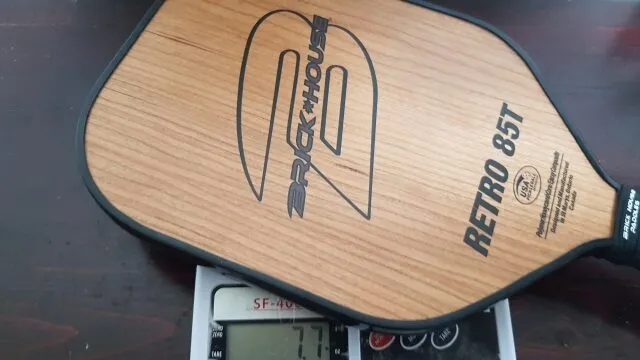
Both materials vary little in weight, but there are subtleties to consider when buying your pair.
The weight of wood paddles ranges from 7 to 10 ounces. Thanks to its heavy-weight nature, wood paddles can offer more power when playing, but may be tiring for some players over long periods.
On the other hand, plastic paddles are concentrated in a smaller weight range: Typically weighing between 7.5 to 7.8 ounces. This translates to being easier to handle and less fatigued during extended play sessions.
Wood Vs. Plastic: Which Paddle Is More Valuable?
Falling into the low price range, wood pickleball paddles are more budget friendly, while their plastic counterparts are popular with those looking for a premium purchase.
Wood vs. plastic pickleball paddles have pretty similar starting prices, but the latter can go up to $120 and is the more expensive of the two.
Wood paddles are very affordable, with prices starting as low as $11 and up to $78. This cost-effectiveness makes them an excellent choice for novices or those looking to spend less while still enjoying the game. Or, maybe you’re just trying it out to see if pickleball is the right sport for ya. Go wood.
Plastic paddles vary widely in price, ranging from $9 to even $420 or more. This is because plastic is often regarded as a composite material and the pricing can differ among types. The higher-end plastic paddles offer advanced features and durability, and, in all seriousness, make them a worthwhile investment for higher-level players.
Durability Of Wood & Plastic Pickleball Paddle
Although both are quite similar in durability and maintenance, plastic pickleball paddles are slightly better thanks to their special design to last.
Known for their durability, wood paddles can withstand extensive use and require minimal maintenance. However, just like anything made of wood, they may show signs of wear and tear over time.
Plastic paddles, particularly those made with polypropylene honeycomb cores, are designed to last. They are incredibly durable, with some polymer cores also recyclable for those of us who are eco-conscious. To top it off, plastic paddles are shock-reductive and less likely to suffer damage from regular play.
Which Paddle Is Suitable For You: Wood or Plastic?
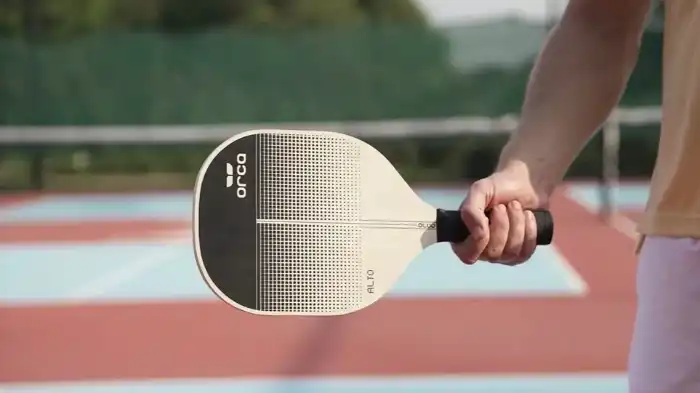
Good news: Both types of pickleball paddles are ideal for beginners due to their durability and cost-effectiveness. You can expect a straightforward entry into the game without splurging over a couple bucks with the wood options.
Plastic pickleball paddles are especially great for beginners, especially those who need more control, handling, and reduced noise – all the qualities that can make or break a great game. Their lightweight nature and shock absorption make them a no-brainer for new entrants.
In Summary
Hopefully, you’ve made up your mind on whether to choose wood vs. plastic pickleball paddles for your next game. It all comes down to your personal preferences and playing style, among material considerations.
- Wood paddles offer durability and affordability, making them ideal for beginners and budget-conscious players.
- On the other hand, plastic paddles are lightweight, flexible, and long-lasting, which are suitable for players seeking more control and comfort.
Put your preferences first and use our guide to start!


